AI Automation
Email Marketing Automation
Email marketing automation involves the use of technology to manage and streamline marketing processes and campaigns across multiple channels automatically. This approach enables businesses to target customers with automated messages through email, web, social media, and text.
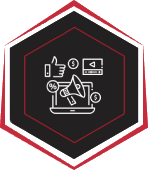
Personalized Campaigns
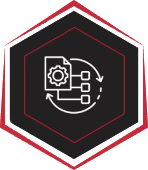
Automated Workflows
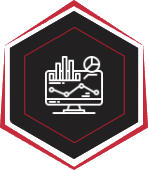
Analytics and Reporting
CRM
Customer Relationship Management (CRM) Automation
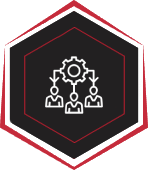
Lead Management
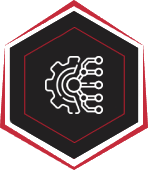
Data Integration
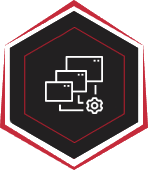
Task Automation
Sales
Sales Outreach Automation

Personalized Messaging

Multi-Channel Engagement
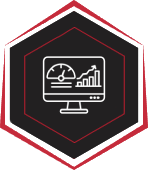
Performance Tracking
Implementing sales outreach automation streamlines the lead generation process, ensures consistent communication, and enables sales teams to focus on closing deals rather than manual outreach tasks.
Marketing
Marketing Automation
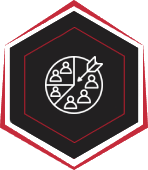
Segmentation and Targeting

Campaign Management
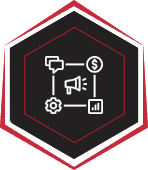
Behavioral Triggers
By leveraging marketing automation, businesses can deliver more personalized experiences, improve lead nurturing, and achieve better alignment between marketing and sales teams.
social
SocialMedia Automation
Social media automation involves the use of tools and software to manage and optimize social media activities without manual intervention. This approach helps businesses maintain a consistent online presence and engage effectively with their audience.

Scheduled Posting
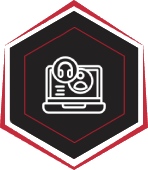
Social Listening
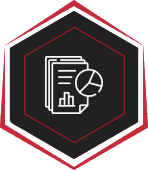
Analytics and Reporting
Implementing social media automation ensures a consistent and responsive online presence, enhances audience engagement, and provides valuable data for strategic decision-making.
E-commerce
E-commerce Automation
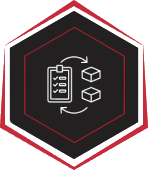
Inventory Management
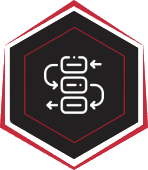
Order Processing

Customer Support
By integrating e-commerce automation, businesses can handle increased order volumes with greater efficiency, reduce operational costs, and provide a seamless shopping experience for customers.
Analytics
Analytics and Reporting Automation
Analytics and reporting automation involves the use of specialized software to collect, process, and analyze data, generating actionable insights without manual intervention.
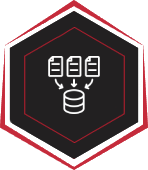
Data Collection

Dashboard Creation
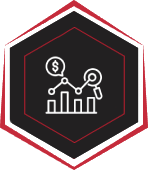
Predictive Analytics
Implementing analytics and reporting automation empowers organizations to transform raw data into strategic assets, enhancing agility and competitiveness in the marketplace.
Customer
Customer Support Automation
Customer support automation utilizes technology to manage and enhance customer service interactions, improving response times and service quality.

AI Chatbots
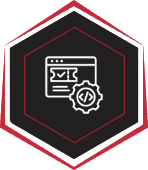
Ticketing Systems

Feedback Collection
By adopting customer support automation, companies can provide consistent and high-quality service, build stronger customer relationships, and reduce operational costs associated with manual support processes.
Workflow
Workflow Automation
Workflow automation involves the use of technology to design, execute, and monitor business processes, reducing manual effort and enhancing operational efficiency.

Process Mapping
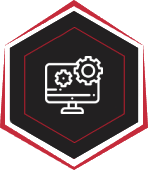
Integration of Tools
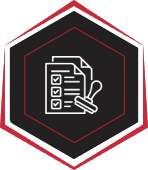
Approval Processes
Implementing workflow automation streamlines operations, reduces the potential for errors, and allows employees to focus on strategic initiatives rather than routine tasks.
Data
Data Backup and Recovery Automation

Scheduled Backups
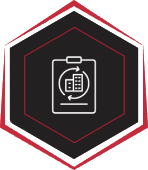
Disaster Recovery Planning

